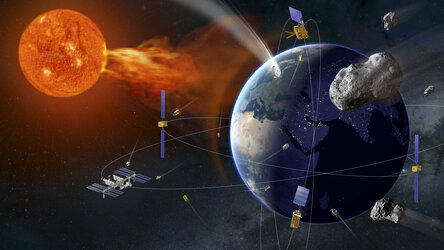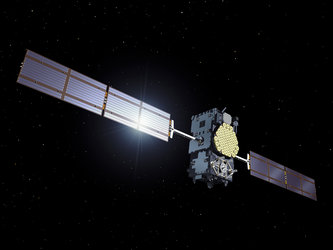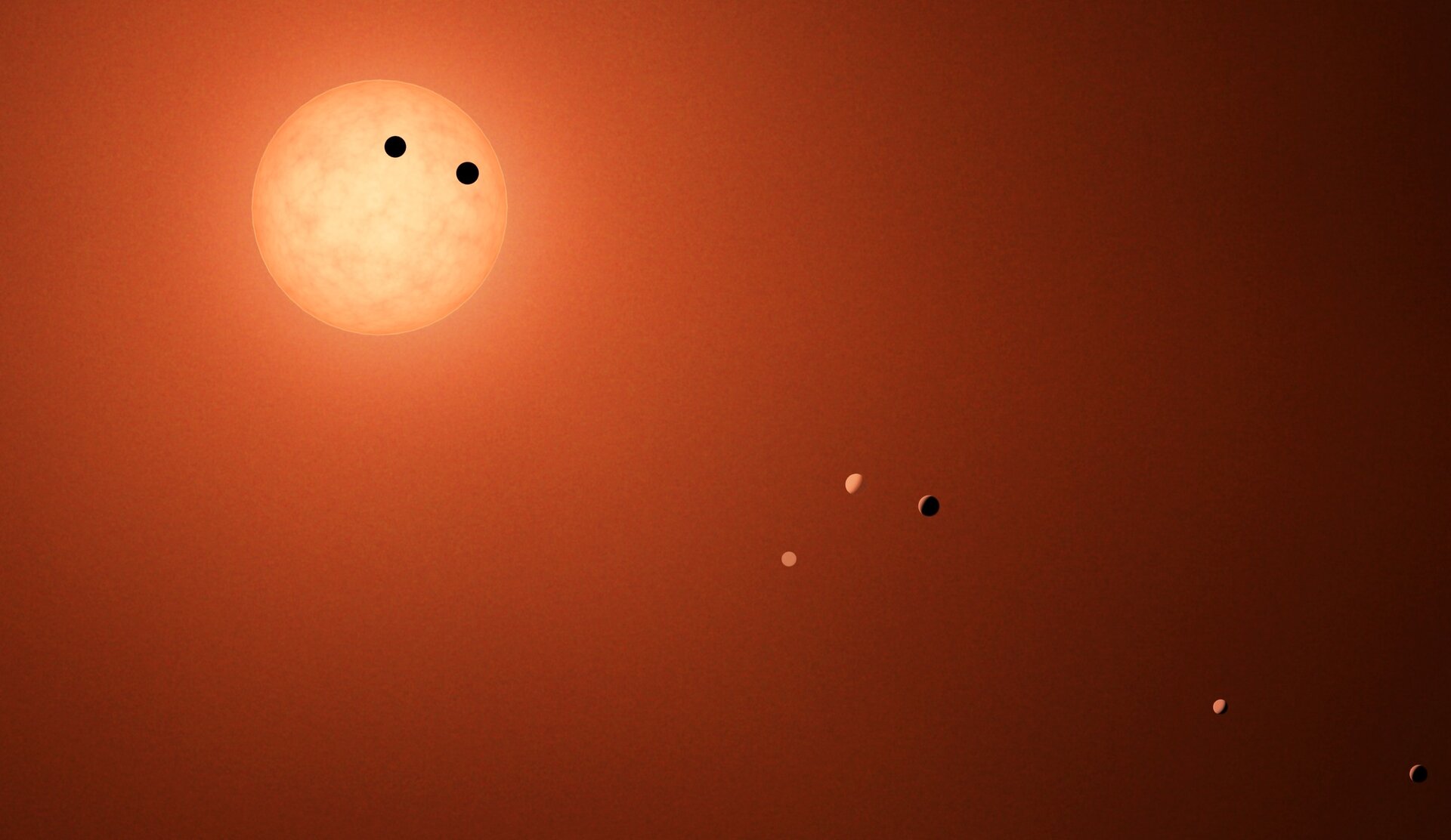Settle the TRAPPIST exoplanets: challenge for evolutionary computing
It reads like a work of science fiction: software that mates, reproduces and mutates being deployed to plan the exploration and settlement of the exotic TRAPPIST-1 solar system, around 40 light years away from Earth. In fact this is the latest competition conceived by ESA’s Advanced Concepts Team, this time seeking to challenge the worldwide evolutionary computing community.
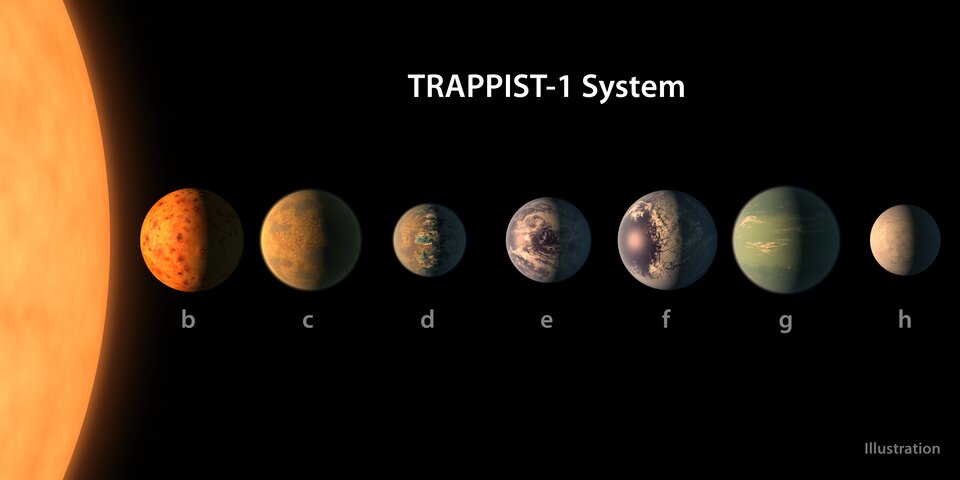
While the TRAPPIST-1 star was discovered in 1999, its accompanying planetary system was detected in 2016. It has become the most closely studied solar system other than our own, and is a priority target for the recently-deployed James Webb Space Telescope. A total of seven rocky worlds orbit around a miniature red dwarf sun, only a little larger than Jupiter – all sufficiently tightly-packed around it to fit within the orbit of Mercury.
Driving interest in TRAPPIST-1 is the fact that at least three of its planets appear to be orbiting within the habitable zone, otherwise known as the ‘Goldilocks zone’, with the potential for liquid water, potentially favouring life.

“We decided TRAPPIST-1 would make an appealing, futuristic setting for our latest space-themed computing competition, this time aimed at the evolutionary computing community,” explains ACT scientific crowd-sourcing expert Marcus Märtens.
“The aim is for participating teams to develop strategies first to efficiently explore the TRAPPIST-1 system, then to extract and deliver resources from a hypothetical asteroid belt we imagine to be in place – we stress this isn’t anything that has been confirmed by observation so far!”

The winning team will be announced at a special session of this July’s Genetic and Evolutionary Computation Conference (GECCO) in Boston in the USA, a mainstay of the evolutionary computing community.
First proposed by computing pioneer Alan Turing (an idea so ahead of its time it remained unpublished for two decades), evolutionary computing involves mimicking biological evolution. Candidate solutions to a given task are first generated then recombined, mutating to create novel possibilities. The most useful solutions are selected to pass their traits onto the next generation in turn.
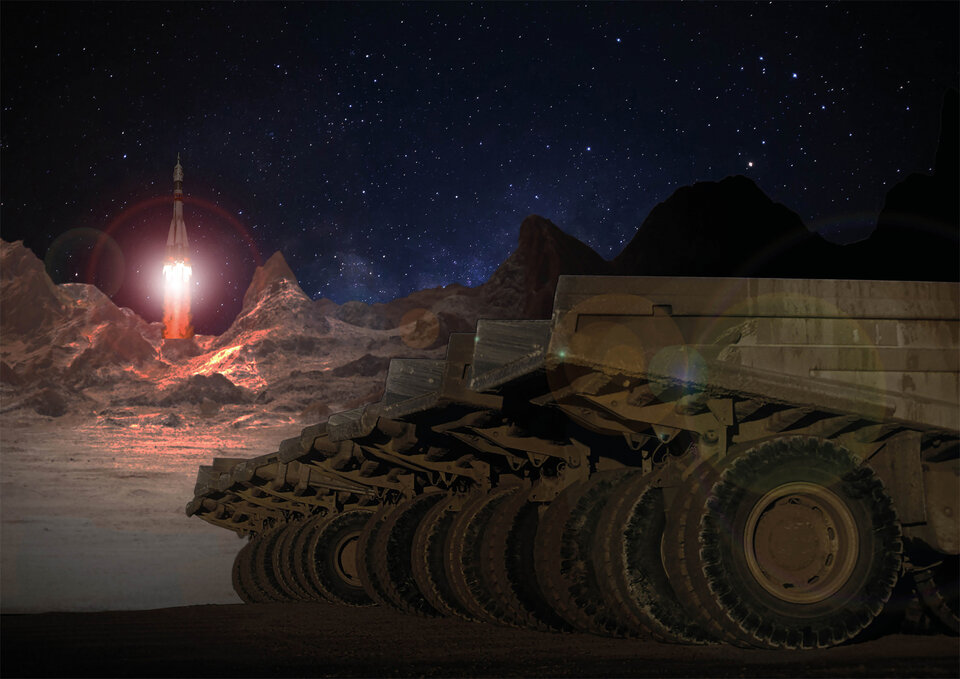
The basic technique has been applied to everything from antenna design to financial trading strategy, power system management to software fault detection.
“Evolutionary computing works well in coming up with unexpected solutions for complex, multi-factor problems, but up until now the community has had limited interaction with the space field,” comments ACT research fellow Alexander Hadjiivanov, working on AI.

“We hope to change that now, deciding to set our challenge beyond Earth’s Solar System to capture the attention and imagination of potential participants. This also avoids the chance of any teams having pre-existing technical knowledge to give them unfair advantage.”
The scenario of the Space Optimisation Competition, SpOC, open to research groups from anywhere in the world, is set thousands of years in the future, assuming a ‘Type II’ human civilization, capable of expanding into other star systems.
“The competition tells a story of settlement in three separate phases,” explains ACT research fellow Emmanuel Blazquez, working on mission analysis and guidance, navigation and control.

“First is the challenge to undertake exploration of the system by flying from world to world – a trajectory optimisation problem akin to guiding missions like Cassini between the moons of Saturn.
“The next phase involves the systematic exploration of this system’s asteroid belt, with metal and water deposits found which allow the construction and fuelling of further spacecraft in turn. The goal is to cover as much of the asteroid belt as efficiently as possible in terms of fuel, time and return on investment.
“Then the final challenge, hundreds of years further on, envisages large refineries in place in space and asteroids being sent to them for processing before the extracted resources are sent on to users – which becomes a problem of logistics and traffic management.”
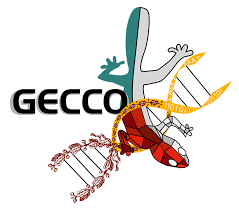
The competition runs from 1 April to 30 June, with a prize being awarded to the winning team at GECCO. Intended as the first of many, the competition is being hosted on a new ACT web platform devoted to evolutionary computing challenges, Optimize.
This new platform complements the existing space competition infrastructure provided through ESA's Kelvins platform where the ACT has been organising various competitions related to artificial intelligence and machine learning.
Find out how to join the SpOC contest here.















 Germany
Germany
 Austria
Austria
 Belgium
Belgium
 Denmark
Denmark
 Spain
Spain
 Estonia
Estonia
 Finland
Finland
 France
France
 Greece
Greece
 Hungary
Hungary
 Ireland
Ireland
 Italy
Italy
 Luxembourg
Luxembourg
 Norway
Norway
 The Netherlands
The Netherlands
 Poland
Poland
 Portugal
Portugal
 Czechia
Czechia
 Romania
Romania
 United Kingdom
United Kingdom
 Slovenia
Slovenia
 Sweden
Sweden
 Switzerland
Switzerland














